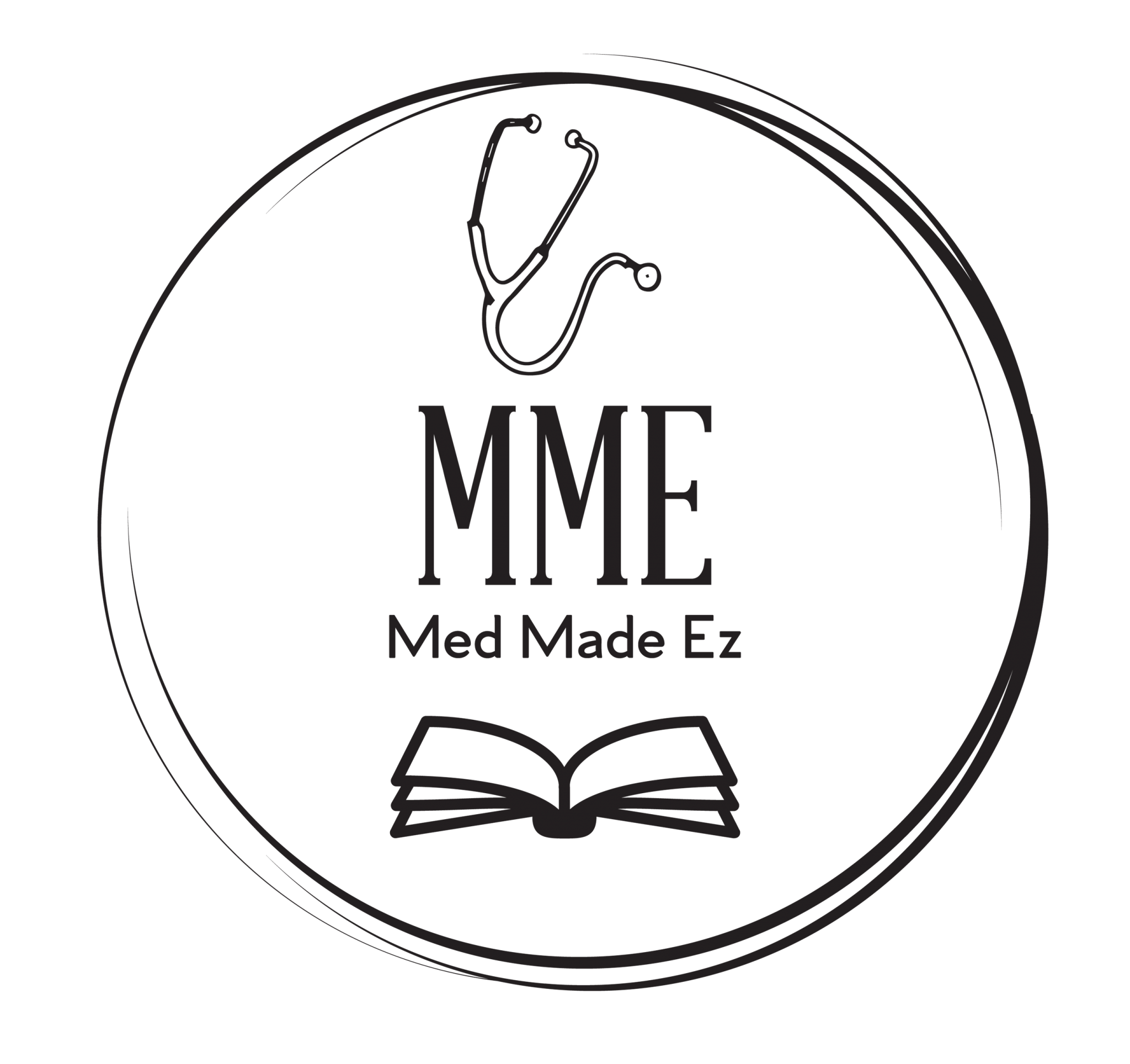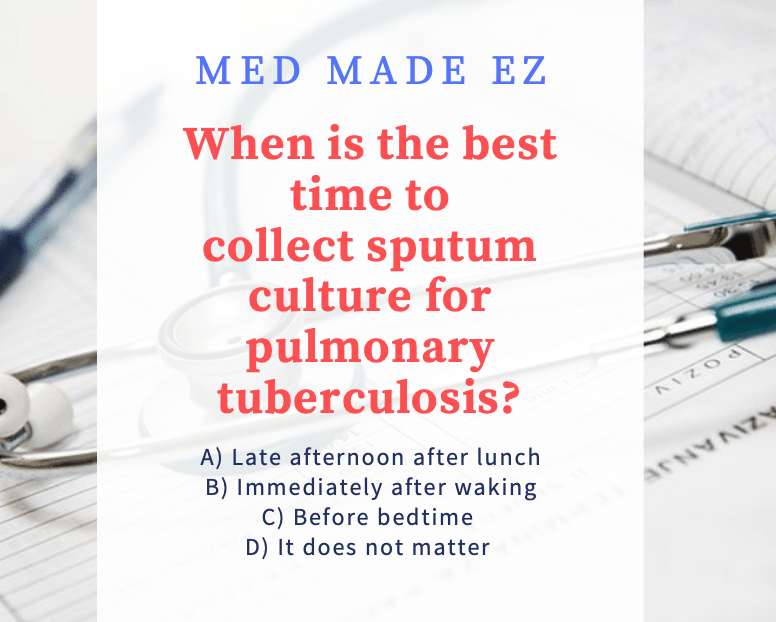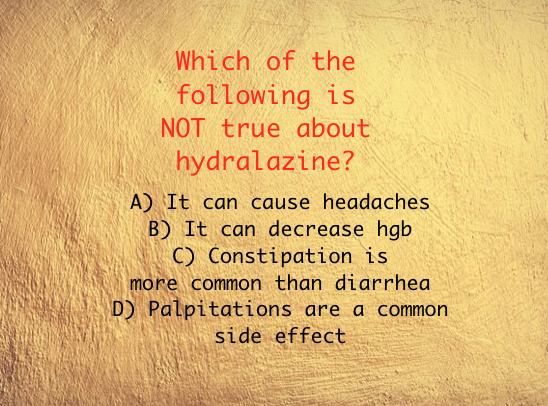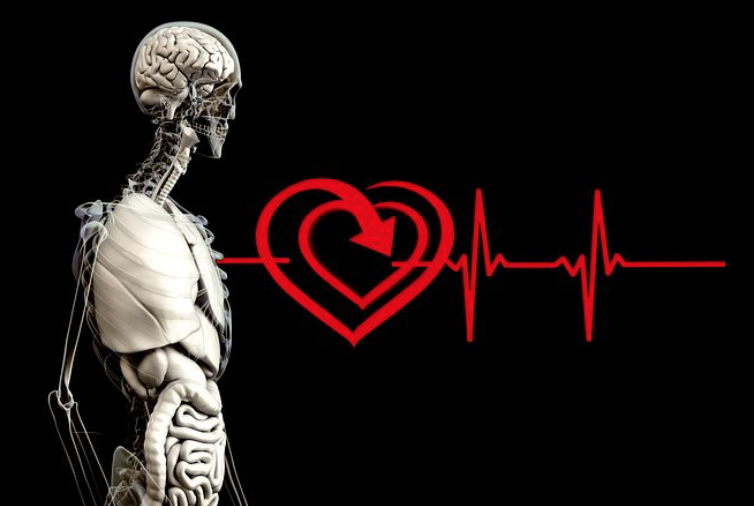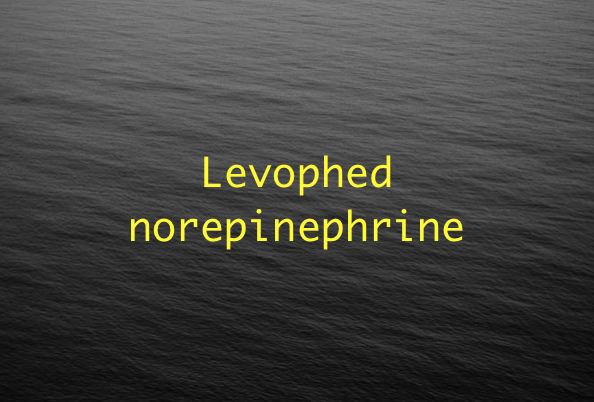WANT THE MOST CURRENT QUESTIONS SENT TO YOU? SIGNUP:
[jetpack_subscription_form]
Nursing hacks, study tips, NCLEX questions, diagnosis made easy, pharmacology made easy, career tips, and so much more! Subscribe today, hit the notification bell to get the latest uploads!
Example Video:
Are you a nursing student? New nurse? Studying for NCLEX? Nurse practitioner (or student)? Medical student? Seasoned nurse? Physician assistant (or student)? Or just love to learn about medical stuff? Med Made Ez Youtube channel is the channel for you!
TODAY’S TEST QUESTION:

CORRECT ANSWER:
C) Cottage cheese
-
MORE INFO:
- According to the FDA low-sodium foods are foods that contains 140 milligrams of sodium or less per serving” (5)
- Other foods/drinks have to be careful to watch for high sodium include:
- sports drinks, canned soups, nuts, frozen meals, fast foods, tomato juice
- “According to research published the Journal of the American College of Cardiology, the amount of sodium needed to maintain homeostasis in adults is about 500 milligrams a day or less, which is exceedingly low compared to the average intake of sodium for most Americans, which is more than 3,200 milligrams.”(2)
- “A main source of sodium is table salt. The average American eats five or more teaspoons of salt each day. This is about 20 times as much as the body needs. In fact, your body needs only 1/4 teaspoon of salt every day. Sodium is found naturally in foods, but a lot of it is added during processing and preparation. Many foods that do not taste salty may still be high in sodium. Large amounts of sodium can be hidden in canned, processed and convenience foods. And sodium can be found in many foods that are served at fast food restaurants. Sodium controls fluid balance in our bodies and maintains blood volume and blood pressure. Eating too much sodium may raise blood pressure and cause fluid retention, which could lead to swelling of the legs and feet or other health issues. When limiting sodium in your diet, a common target is to eat less than 2,000 milligrams of sodium per day.”(3)
- “Avoid using garlic salt, onion salt, MSG, meat tenderizers, broth mixes, Chinese food, soy sauce, teriyaki sauce, barbeque sauce, sauerkraut, olives, pickles, pickle relish, bacon bits, and croutons.”(4)
- References:
- 1) https://healthfinder.gov/HealthTopics/Dispatch.aspx?q1=health-conditions-and-diseases&q2=heart-health&q3=low-sodium-foods-shopping-list
- 2) https://draxe.com/nutrition/low-sodium-foods/
- 3) https://www.ucsfhealth.org/education/guidelines-for-a-low-sodium-diet
- 4) https://my.clevelandclinic.org/health/articles/15426-sodium-controlled-diet
- 5) https://www.eatthis.com/low-sodium-fast-food/
MORE TEST QUESTIONS:
- Steroid Cream
- Sitz Bath
- Cluster Headache
- Pronator Drift
- End Stage Renal Disease Diet
- Lochia Rubra
- Beefy Red Tongue
- Crutches
- Medication & Juice
- Teeth Clenching
- HELLP Syndrome
- Baby’s First Stool
- AND MORE TEST QUESTIONS
